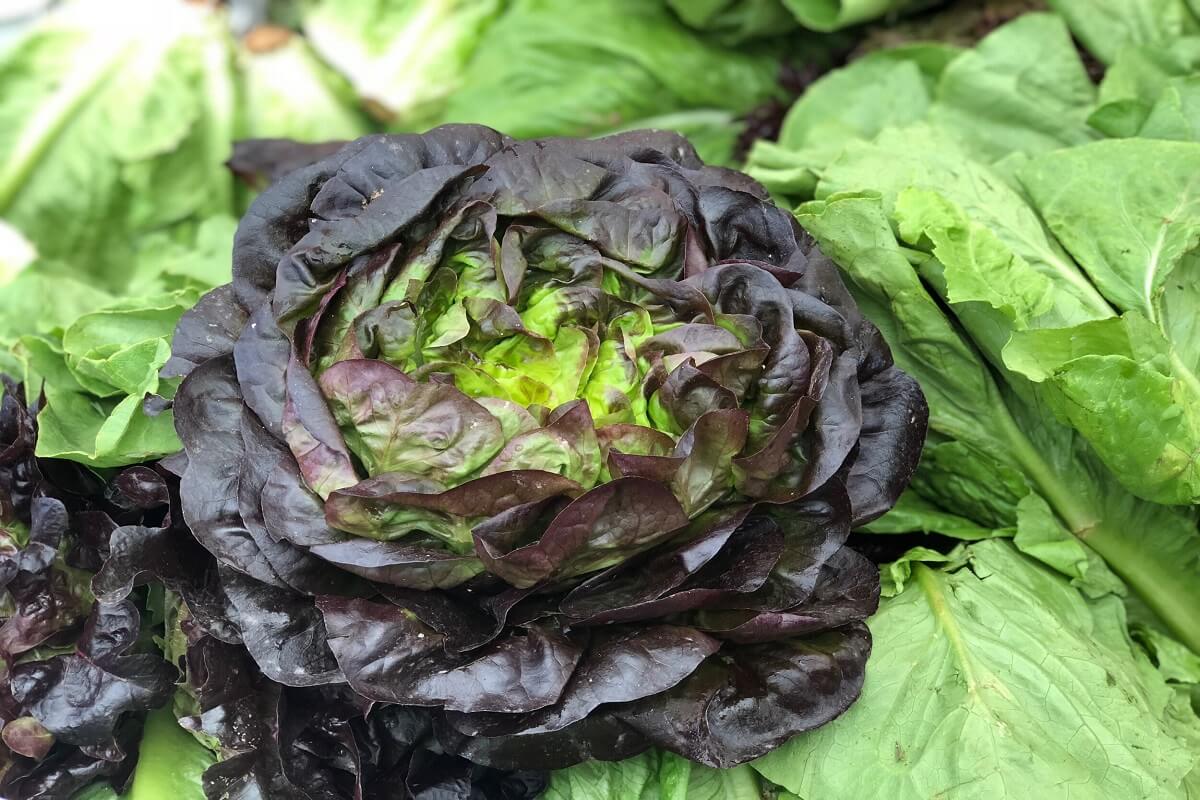Turning Purple With Anthocyanins
As summer gives way to autumn, it is not just the climate that undergoes a change. With the leaves of trees changing colour and the seasonal fruits and vegetables making their appearance, the hues of autumn are distinctly visible. The natural colours of autumn include brown, yellow, orange, and red. Another interesting colour that is seen around autumn is purple. The foliage during this season hosts reds, maroons and purples in abundance and it adds to the beauty of the surroundings. Purple is also visible in the edibles that grow in autumn and adds to the colour of the dinner table during this time.
The Secret Behind The Colour Purple
The purple in the foliage and vegetation is due to the presence of anthocyanins. The anthocyanin colour is a flavonoid antioxidant that is also seen as red, blue, or black. While the anthocyanin food colouring gives blueberries their blue colour, it gives Salanova lettuce a purple colour. Water-soluble pigments belonging to the phenolic group, anthocyanin content varies between foods with the colour and stability being affected by pH levels, light, temperature, and structure.
Foods With Anthocyanins
There are a lot of foods in nature that are purple in colour. Berries, currants, red grapes, and purplish-blue leafy vegetables contain high amounts of anthocyanins. In this article, we will discuss three foods – purple beans, purple basil, and Salanova lettuce.
Purple Beans – While the different varieties of beans are generally green in colour, sometimes they take on an intense purple colour due to the presence of the anthocyanin pigment. The pigments initially show up in the flowers which then give way to purple-coloured bean pods. The anthocyanins in purple beans are highly susceptible to heat and deteriorate on being boiled, baked or sauteed at high temperatures. This causes the beans to lose their purple colour and allows the inner green colour (from the chlorophyll) to come to the fore.
Purple Opal Basil – A pretty-looking and intensely aromatic member of the basil family, purple opal basil has variegated leaves that contain purple and green colours. This bushy perennial plant grows slower than other varieties of basil and tastes slightly similar to fennel or anise with a tinge of bitterness and a savoury flavour. In addition to being edible, purple opal basil is also popular for its medicinal uses. It is used as a tea to soothe the digestive tract and as a remedy for nausea. Purple opal basil is also used as a natural bug repellent and is often grown beside tomato plants as it keeps tomato bugs away.
Salanova Lettuce – A relatively new entrant to the lettuce varieties available in local markets, salanova lettuce is relatively smaller in size when compared to other lettuce and has a lot more leaves. This sweet-flavoured lettuce with a soft, mildly buttery to the crunchy texture (depending on which variant of the Salanova lettuce is being used) is available all year round and is a great source of Vitamin A, Vitamin K, folate and molybdenum. The anthocyanins present in the red varieties of Salanova lettuce also make them rich in antioxidants.
Enjoy the hues of autumn in all its forms, foliage, vegetation and produce!






































